Remarks to the Faculty Senate, April 14, 2015
WE HAVE COME A LONG WAY

– Ours is a proud history. Our original charter was granted in 1851 to provide for the “establishment of an institution of the highest order for scientific and classical education.”

– We began boldly by choosing the motto, “Meliora” on May 15, 1851 with a hand pointing forward and upward.

– For 11 years we were housed in the United States Hotel on what is now West Main Street.

– We graduated our first class of 10 students on July 9, 1851 in Corinthian Hall.

– Until, as the Song goes:
O Azariah Boody’s cows were sleek and noble kine
They wandered the verdant fields where grew the dandelion
And when they drove the cows away
To Build a home for knowledge
They took the color from the flower
And gave it to the College.

– Our first President, Martin Brewer Anderson, proclaimed “the foundation of this University was based on faith and prayer.”

– Anderson was a man of fervent principle who opposed an elective curriculum, dormitories or university athletics.

– By the time Anderson completed his 35 year presidency, our campus had grown to three buildings, with 12 faculty and 172 students.

– The subsequent presidency of David Jayne Hill, 1888-1896, was a time of ferment.

– The University more than doubled course offerings from 46 to 95, increasing electives.

– Hill championed athletics on campus albeit with a discouraging 106-0 loss to Cornell in our first game.

– In 1891, Charles Augustus Thompson became the first African American graduate of the University of Rochester.

– Hill also helped pave the way for Women on Campus when a remark he made received national attention. After his wife had delivered twins, a boy and a girl, Hill stated, “if the Creator could risk placing sexes in such near relations, …they might with safety walk on the same campus and pursue the same curriculum together.”

– Shortly after Hill completed his presidency, Susan B. Anthony pledged her life insurance policy to satisfy the Trustees requirement that $50,000 be raised to underwrite the cost of more students. In September 1900, 33 women registered to study.

– Then an almost miraculous series of events occurred. Rush Rhees provided the academic leadership for a profound transformation of the University of Rochester. Rhees proved to be one of the great academic builders of the 20th century. During the 35 year presidency of Rush Rhees, a small regional college was transformed into an authentic national university.

More than anyone else, George Eastman was responsible for today’s University of Rochester. Eastman’s gifts of $51 million through his death in 1932, the equivalent of over $800 million today, provided the resources that made this transformation possible.

In 1918 Eastman posed to Rhees the type of question that every University president yearns to hear, “Why don’t you have a music school?” Within months, Eastman committed himself to providing two magnificent concert halls and a school of music “surpassed by no other in the world,” led by

– 28 year old Howard Hanson who began a 40 year career that celebrated American music and provided for the integration of the music conservatory into the four year liberal arts college.

– In 1919, Eastman endowed the Eastman Dental Dispensary which evolved into our present Eastman Institute for Oral Health.

– Within a few years, Eastman joined with the Rockefeller General Education Board and the Strong family to finance our School of Medicine, our nursing training center, now our School of Nursing and

Strong Memorial Hospital.

– The lure of a potential world class School of Medicine led to the recruiting of George Hoyt Whipple, later a Nobel Laureate, to be the founding Dean

and enabled Whipple to recruit 65 members of the faculty by the time the School of Medicine and Dentistry opened in 1925.

– In 1924 Eastman provided the cornerstone gifts for the $10 million in 10 days Capital Campaign that financed the relocation of the Men’s College

– to our River Campus, across Elmwood Avenue from the future Medical Campus.

– Among other consequences of the more spacious campus was a dramatic expansion of graduate education. In 1925, the University awarded its first Ph.D degree – today 15 percent of our students are graduate students.

– Rhees’ presidency should be remembered for much else including

the Memorial Art Gallery, opened in 1913,

– the Institute of Optics,

and our most iconic building, Rush Rhees Library, George Eastman’s recognition of his longtime partner in building the University of Rochester.

In 1932, after Eastman’s death, Rush Rhees announced that the main quadrangle of the River Campus would be named in honor of George Eastman, “setting the name of our great patron at the heart of the development in which he took delight.”

– Alan Valentine succeeded Rhees in 1935. At 33, he was our youngest President, a Rhodes Scholar, an Olympic medalist in rugby, a passionate defender of the scholar’s duty above all else to be committed to academic freedom.

– Valentine’s presidency was more severely impacted by external events than any other in our history. Enrollment declined precipitously during World War II.

– But Valentine did take the lead to award British war time Prime Minister Winston Churchill a University of Rochester honorary degree in London in a ceremony that was internationally broadcast.
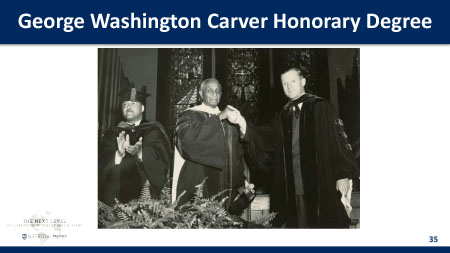
– Valentine also memorably flew to the Tuskegee Institute in Alabama to award an honorary degree to an ailing George Washington Carver in 1941.
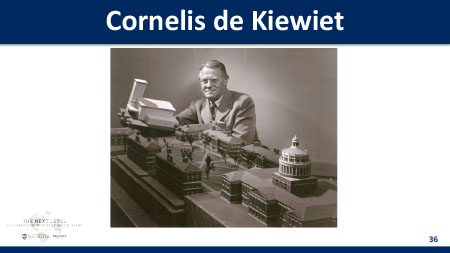
Our University of Rochester regained its momentum under Cornelis de Kiewiet, who overcame initial objections to secure a unanimous vote of the Board of Trustees in 1952

to combine the Men’s and Women’s Colleges on the River Campus.
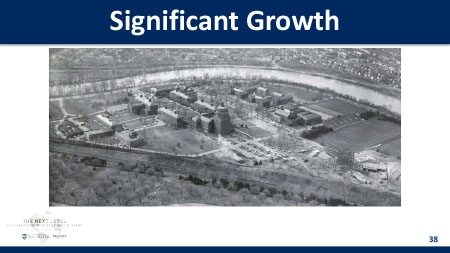
De Kiewiet’s term was a period of memorable growth. New professional schools in education, business and engineering were established in 1958.
 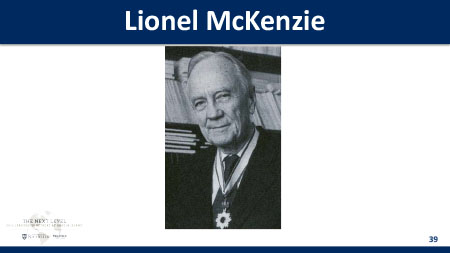
De Kiewiet’s time also was one of extraordinary new faculty including economist Lionel McKenzie, political scientist Richard Fenno and English professor and poet Hyam Plutzik.
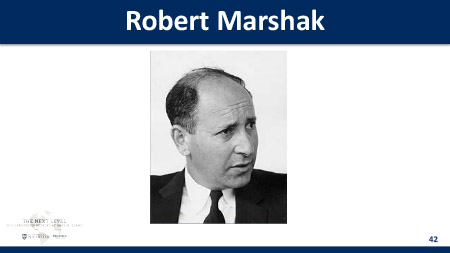
The University drew worldwide acclaim for Physics Professor Robert Marshak’s annual Rochester Conference on High Energy Physics.
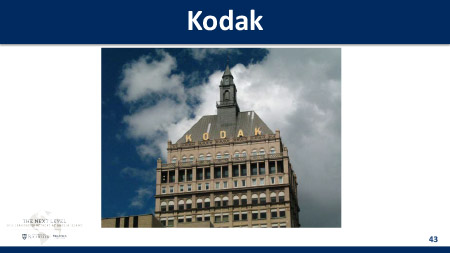
– By the 1960s and 1970s, the City of Rochester was at an economic zenith with Kodak, Xerox, and Bausch & Lomb leading a flourishing community.

– Allen Wallis led UR as President from 1962 to 1970, continuing as Chief Executive Officer until 1975. The University thrived during this period – graduate enrollment doubled, undergraduate enrollment increased 45 percent, the University’s budget increased six fold and campus facilities expanded by 50 percent to three million square feet.

– Wallis was strongly allied with Board Chair Joe Wilson, chief executive officer of Xerox. Peggy and Joe Wilson’s commitment to intellectual, cultural and social interests, and their overall contributions of more than $40 million made an enormous difference to our University.
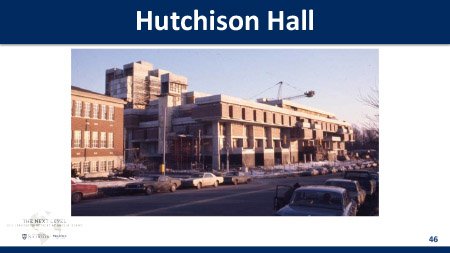
The Wallis era added Hutchison Hall, a consequence of an extraordinary $25 million bequest from Charles Force Hutchison, a close associate of George Eastman,
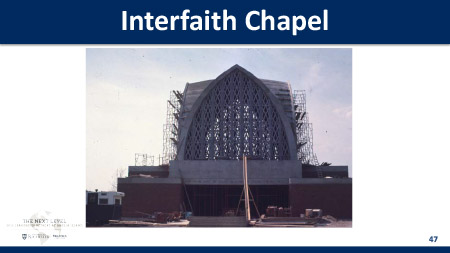
the Interfaith Chapel, two new wings of Strong Memorial Hospital and
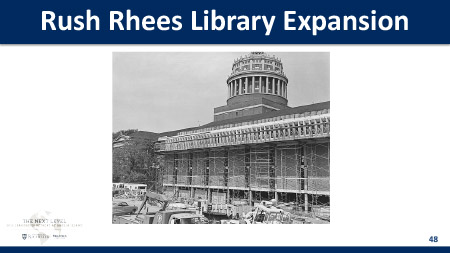
a substantial expansion of Rush Rhees Library.
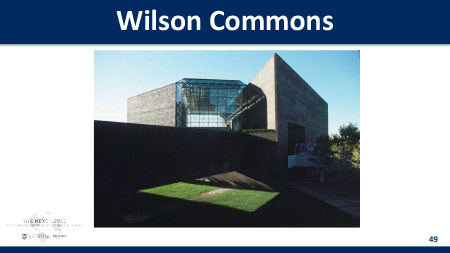
– In 1973, the University broke ground for Wilson Commons, our beautiful I.M. Pei masterpiece.
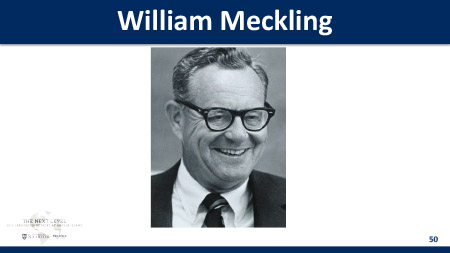
– The Wallis era also was one of outstanding faculty hiring including Business School Dean Bill Meckling who championed an economics based approach to business education,
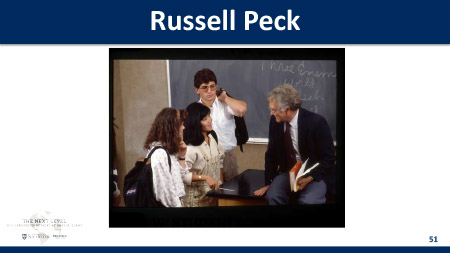
– English professor Russell Peck, an authority on Middle English and faculty Director of our Medieval Society and the Drama House,
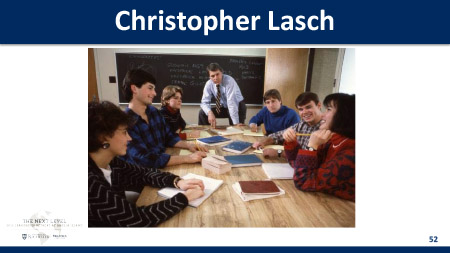
– and Historian Christopher Lasch, author of the highly influential The Culture of Narcissism.
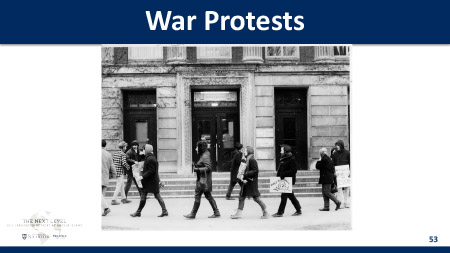
– The 1960s and early 1970s also were a period of student unrest, sparked by the opposition to the Vietnam War and the 1964 race riots in Rochester.
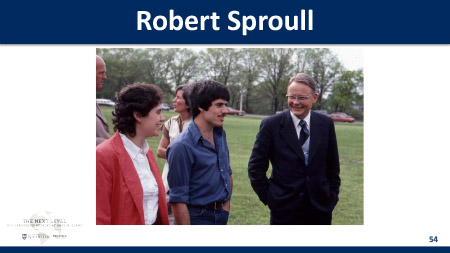
– The economy turned sour during much of the 1970-1984 presidency of Bob Sproull. Inflation reached 11 percent in 1974; fuel prices quadrupled in three years; and in 1974 Sproull’s ambitious ten year growth plan effectively had to be scrapped.
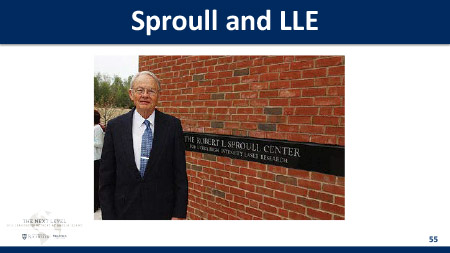
–Sproull, a distinguished Cornell physicist who had directed the United States Defense Advanced Research Projects Agency, worked with
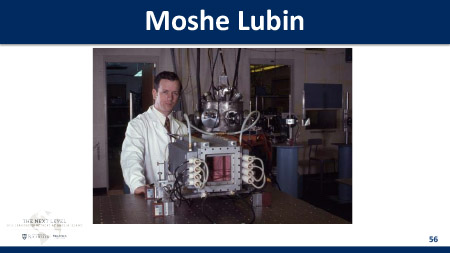
Moshe Lubin and
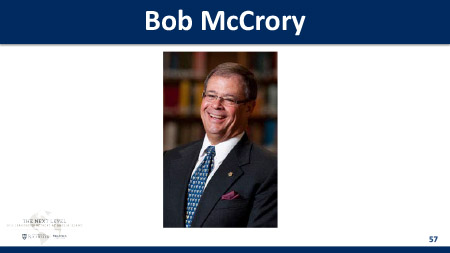
subsequently Bob McCrory to persuade the University to invest $30 million in our
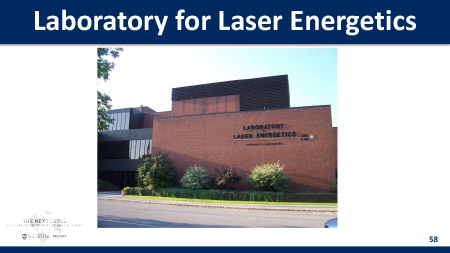
Laboratory for Laser Energetics. Rarely has a commitment to big science so succeeded. The Laser Lab has helped generate more than $2 billion for the University and regional economy.
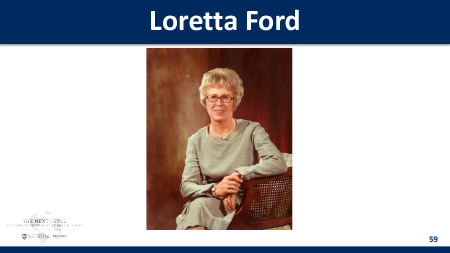
– Sproull also hired Loretta Ford to be the founding Dean of the School of Nursing, where Lee implemented the unification model that combines nursing education, practice and research.
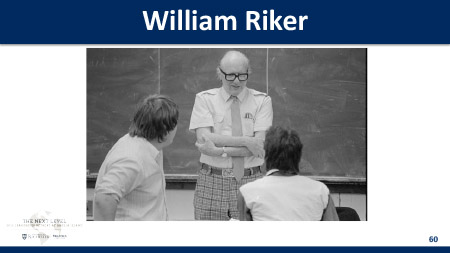
– Sproull gave greater clout to our graduate programs by appointing political science chair Bill Riker to be Dean of Graduate Studies.
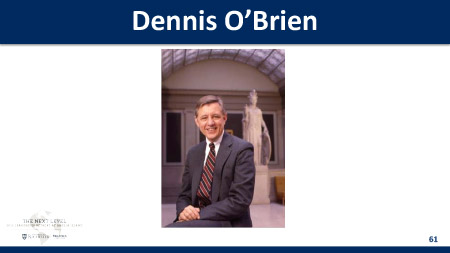
– The pendulum swung back to undergraduates during the 1984-1994 presidency of Dennis O’Brien. Dennis, former president of Bucknell, asserted “let our signature be liberal education in a professional world.”
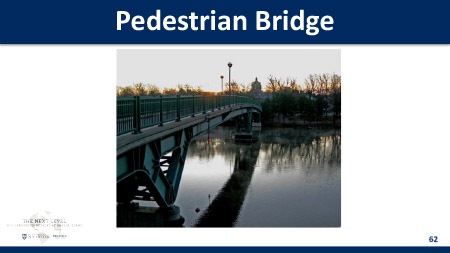
– O’Brien supported the pedestrian bridge across the Genesee and new programs including the Frederick Douglass and the Susan B. Anthony Institutes.
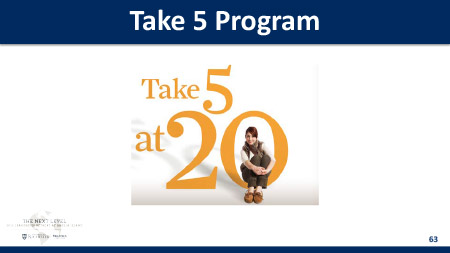
– Our popular Take 5 program offered students a tuition free fifth year to pursue studies of their choice.
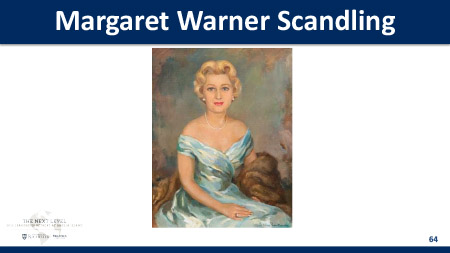
– The Warner School of Education was named in honor of Margaret Warner Scandling, the late wife of William Scandling who contributed over $14 million to the School.
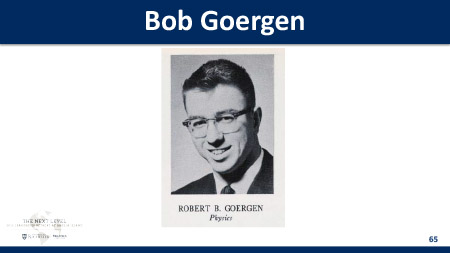
– During O’Brien’s presidency and subsequently we benefited from remarkable Board leadership. In 1982 Bob Goergen joined the Board and served as Chair from 1991 to 2003.
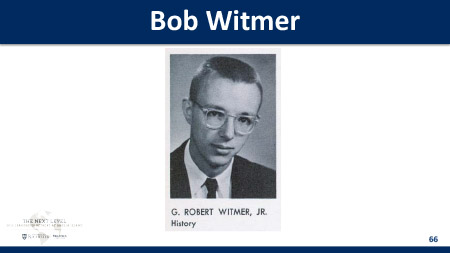
– Bob Witmer joined the Board in 1979 and was Chair from 2003 to 2008. His beneficence would lead to naming the Presidential residence in his parents’ honor.
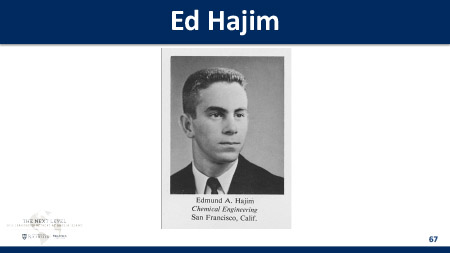
– Ed Hajim joined the Board in 1998 and began serving as Chair in 2008. In the Meliora Challenge capital campaign he has made the largest single gift to date. We named the School of Engineering and Applied Sciences after Ed in 2009.

– Tom Jackson, President between 1994 and 2005, led a University with strong faculty and programs during a period of continuing economic decline in Rochester. Between 1982 and today Kodak declined from over 60,000 employees to approximately 2,000.
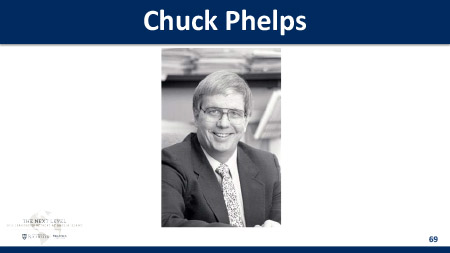
– Jackson worked closely with his Provost, Chuck Phelps, and with Dean Dick Aslin to orchestrate the Renaissance Plan that revitalized what is now the College of Arts, Sciences and Engineering. Programs such as admissions were decentralized into the College, and the size of the student body and faculty were reduced to improve quality.
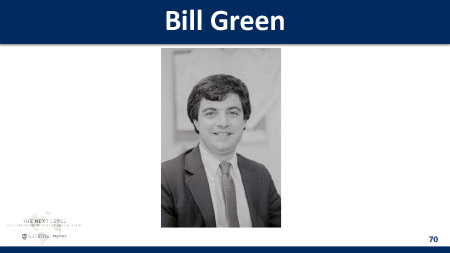
– College Dean Bill Green later helped redesign undergraduate studies into the Rochester Curriculum, which gave students freedom to create their own clusters in the humanities, social sciences and life sciences and is in part responsible for significant growth in Arts, Sciences & Engineering admissions applications today.
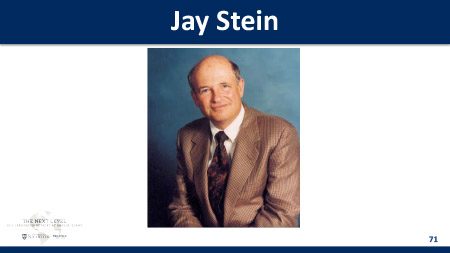
– The hiring of Jay Stein to be CEO of the Medical Center revitalized medical research in the School of Medicine and Dentistry.
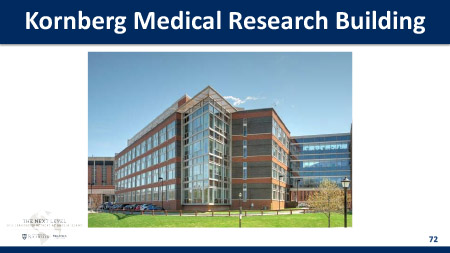
By 1997 Stein had in place a Basic Research Strategic Plan with $500 million in capital projects including the Arthur Kornberg Medical Research Building which opened in 1999.
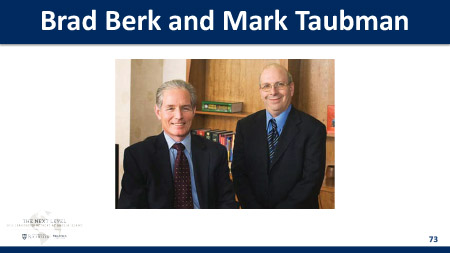
– Under Stein the Medical Center hired 50 new research scientists including future Medical Center CEOs Brad Berk and Mark Taubman.
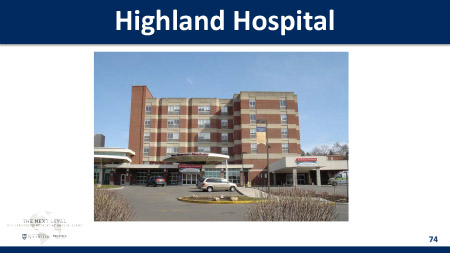
– During the Jackson era, the University acquired Highland Hospital and

aided by a lead gift from Tom Golisano established the initial Golisano Children’s Hospital.
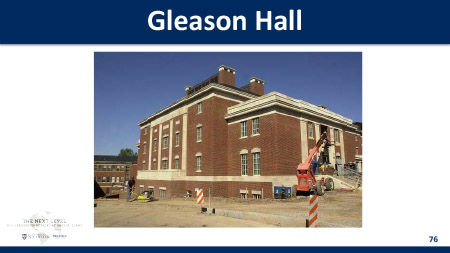
– On the River Campus, the University added Gleason Hall to the Simon Business School
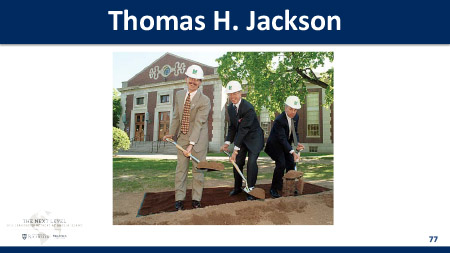
and renovated what is now the Goergen Athletic Center.
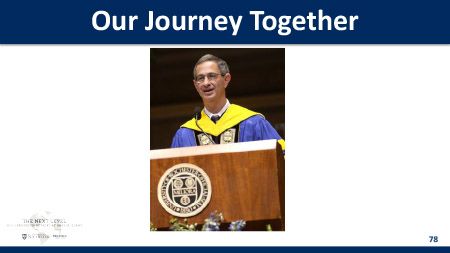
– In 2005, I was honored by the opportunity to join you to begin our journey together. My first words to the University community in July 2005 were, “The campaign for the University of Rochester begins today.”
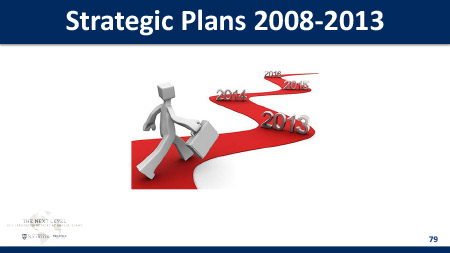
In 2008 the University, each of our Schools, and the Medical Center adopted ambitious strategic plans. We now have achieved virtually all of our 2008 goals:
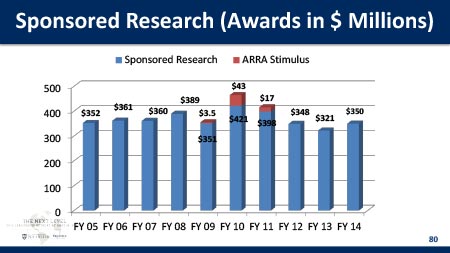
We have fortified our position among the nation’s leading research universities, in 2013, ranking 16th among the top funded research universities with $350 million in total sponsored research awards in 2014.
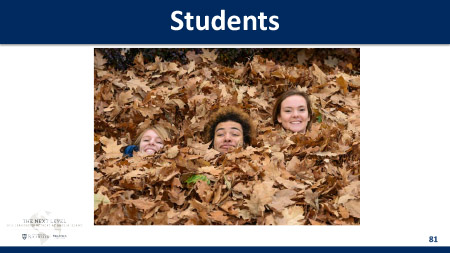
– Our student body has grown from 8300 students in 2004 to more than 11,000 this past fall.
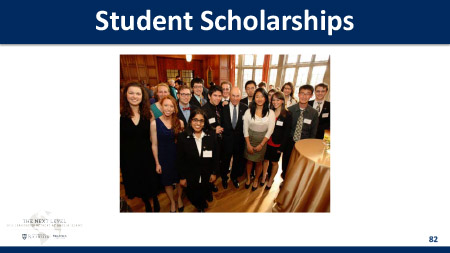
– Since 2005, we have received $195 million in commitments for scholarships, fellowships and other student support.
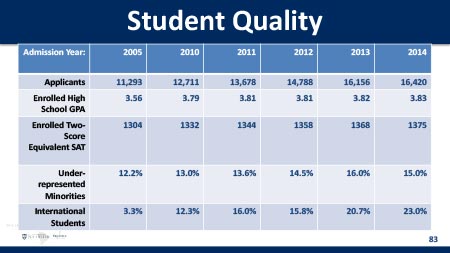
– Undergraduate student quality and diversity have been strengthened. Two score SATs have increased in the College from 1304 to 1375 between 2005 and 2014; simultaneously the percentage of our underrepresented minority and international students has risen.
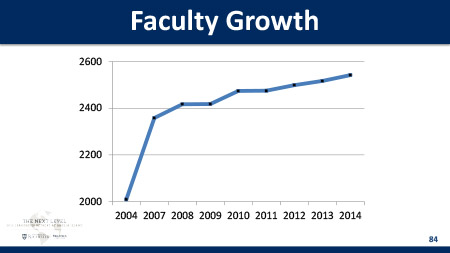
Total instructional faculty has grown from 2,009 in 2004 to 2,542 in 2014.
nbsp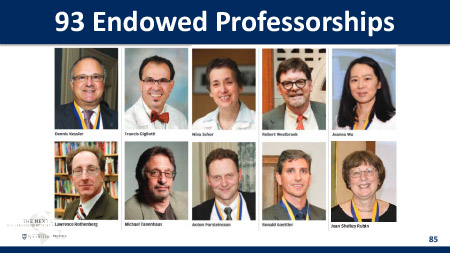
Since 2005 the University has created or received commitments to create 93 new endowed professorships, deanships or directorships.
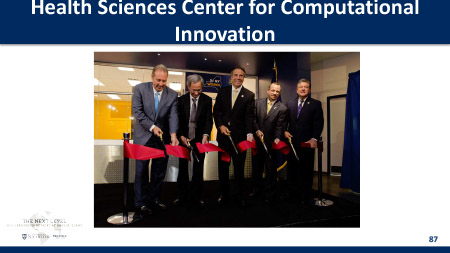
New programs have been developed, including the Health Sciences Center for Computational Innovation
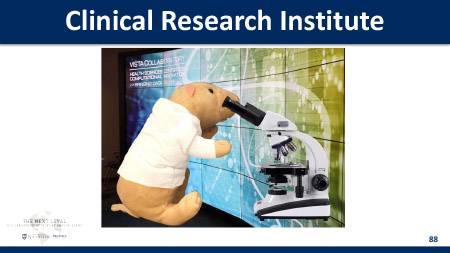
the Clinical Research Institute,
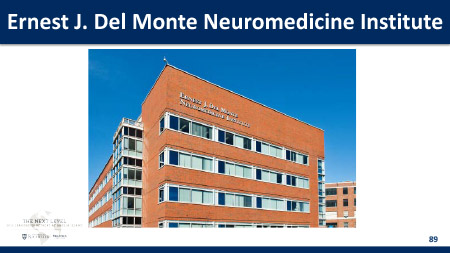
the Del Monte Neuromedicine Institute and
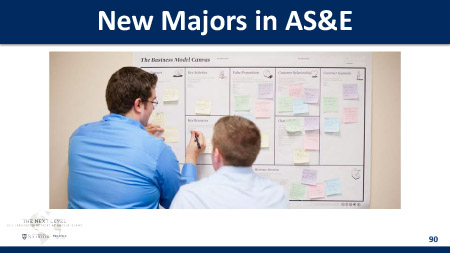
– 17 new majors in Arts, Sciences and Engineering, including the Florescue Undergraduate Business program.
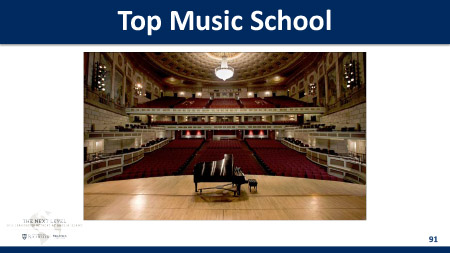
Many of our programs are best in class such as the Eastman School of Music.

Twenty-nine new major facilities have been completed, initiated or planned since 2005 with an aggregate budget of $850 million, including Goergen Hall,
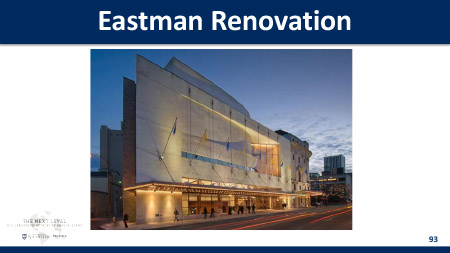
the Eastman Theatre Renovation and Expansion,

Raymond F. LeChase Hall,
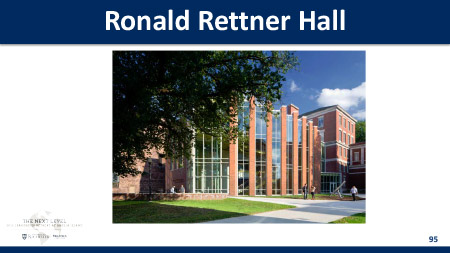
Ronald Rettner Hall and
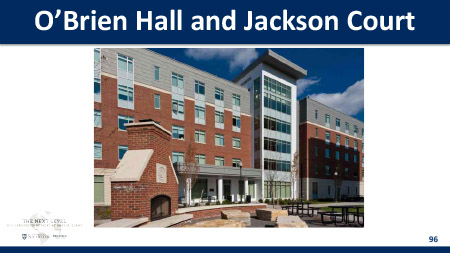
the Dennis O’Brien dormitory and Thomas Jackson Court.
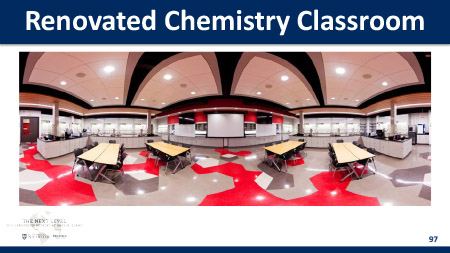
We have begun renovation of our classrooms,
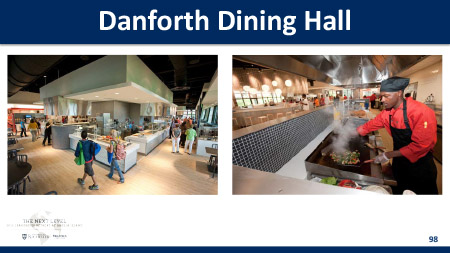
dining halls and
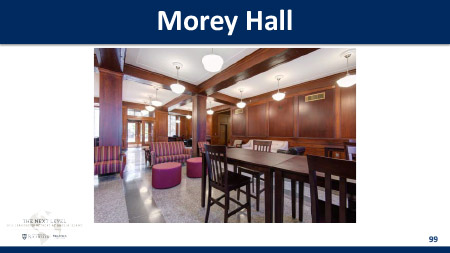
buildings such as Morey Hall.
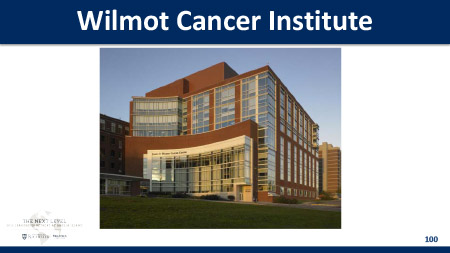
The Medical Center has been particularly active constructing and expanding Wilmot Cancer Center in 2008 and 2012,
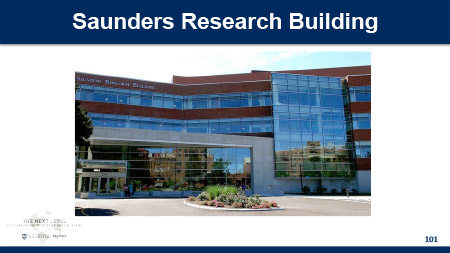
the Saunders Research Building and now, our largest project in history,
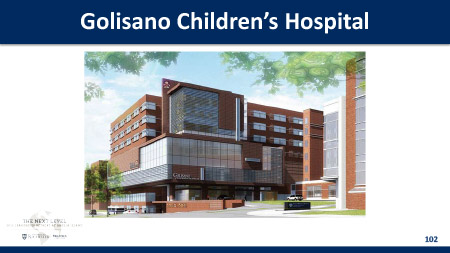
the new Golisano Children’s Hospital.
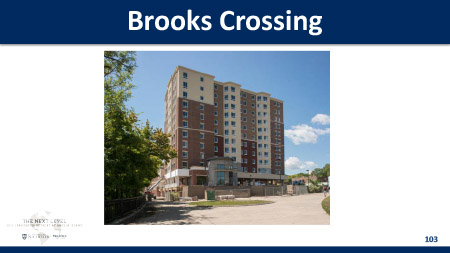
Working with private developers, we have facilitated separately financed projects including Brooks Crossing,

the Riverview Dorm Complex,
nbsp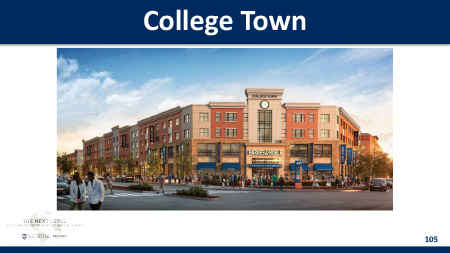
– and College Town, which when fully opened in May 2015 will comprise 20 retail outlets, an apartment complex, a parking garage with more than 2,000 parking spaces, the Hilton Garden Inn and the already legendary Insomnia Cookies!
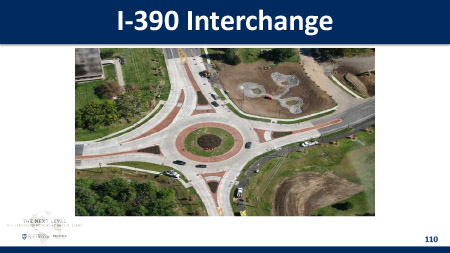
– With $70 million in government support, we have been the beneficiary of the new I 390 Interchange, which paves the way for the University to grow by as many as 10,000 students, faculty and staff over the next decades.
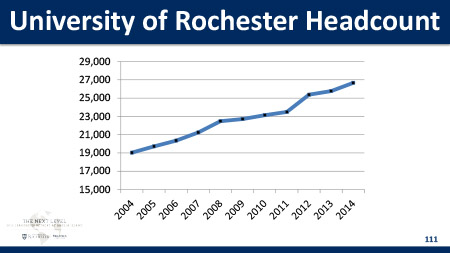
– We have grown to be the region’s largest employer with 26,673 total full and part time employees.

– A couple of weeks ago, we celebrated the achievement of our initial $1.2 billion goal in the Meliora Challenge Campaign.
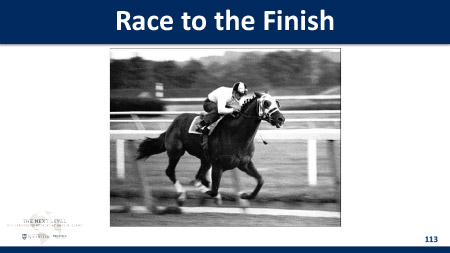
– We will race to the finish through June 30, 2016 and, like the most successful College and University Capital Campaigns, seek to raise 10 to 20 percent more than the initial goal.
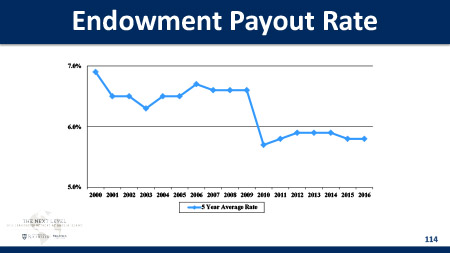
Systematically our finances have been strengthened. Our endowment payout rate has declined from 6.9 percent in 2000 to 5.8 percent in this year’s budget.
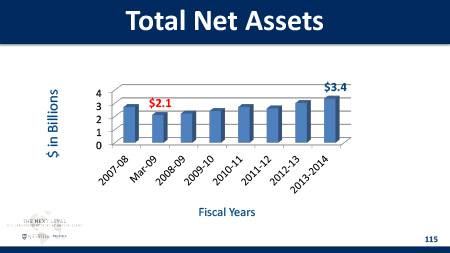
Total net assets have grown from $2.1 billion in the dark days of March 2009 to $3.4 billion in December 2014.
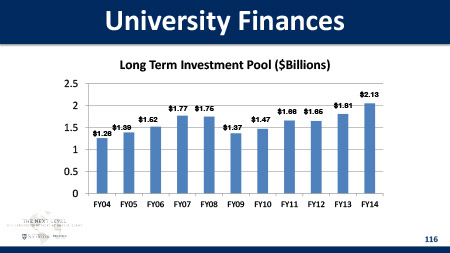
Our Long Term Investment Pool, largely composed of our endowment, similarly has grown from $1.37 billion in 2009 to more than $2.1 billion last year.
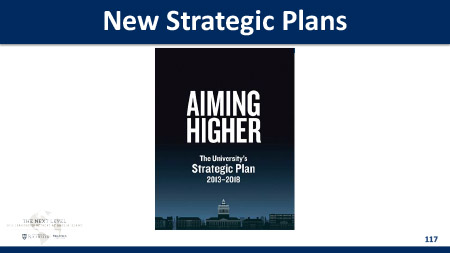
In 2013, collectively we began Aiming Higher by adopting a new generation of strategic plans for the 2013-2018 period.
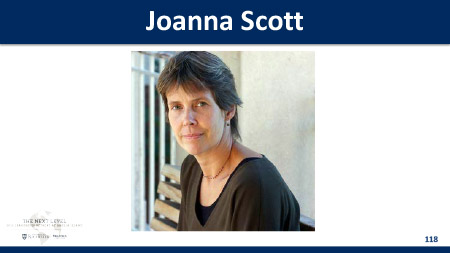
The recruitment, support and retention of the most accomplished and diverse faculty, staff and administrative leadership is our top priority.
nbsp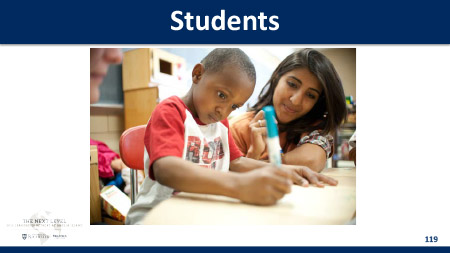
– We committed ourselves to further strengthening student life with planned renovations of
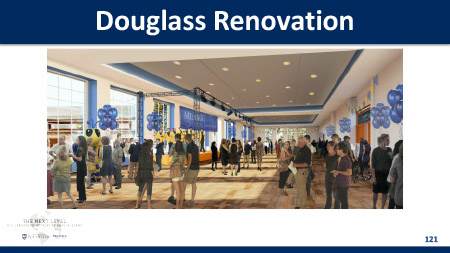
Douglass Hall,
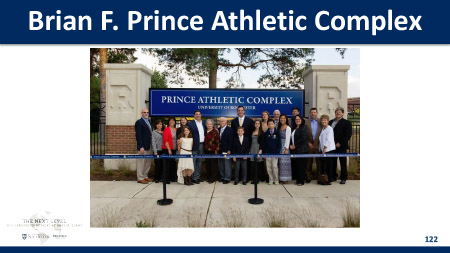
the Brian F. Prince Athletic Complex,
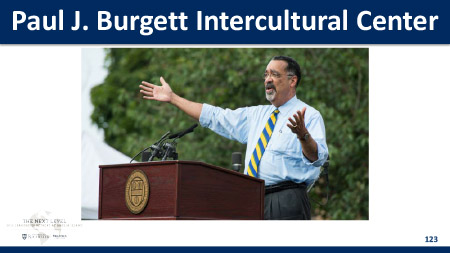
the Paul J. Burgett Intercultural Center
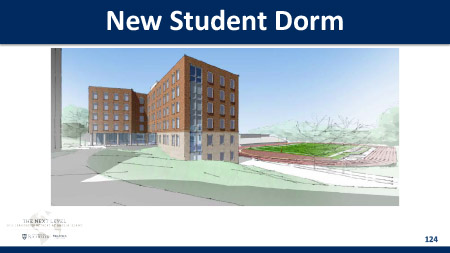
a future Dormitory overlooking our athletic fields,
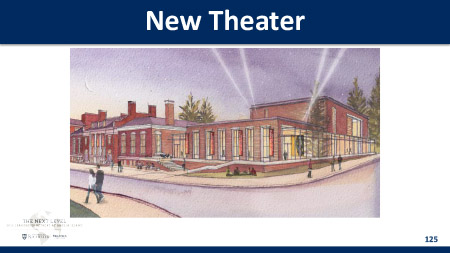
theatre and the performing arts and
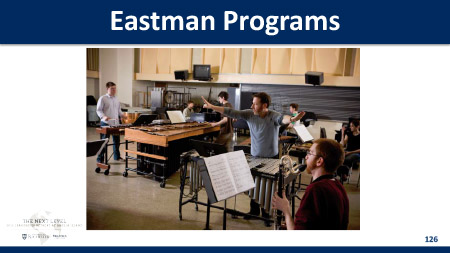
– new majors such as the Eastman School’s new undergraduate programs in convergent media and music leadership.
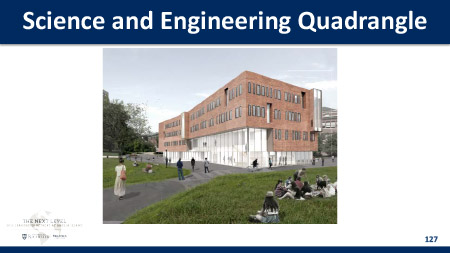
– By 2016, we anticipate completing the Science and Engineering Quadrangle, including Goergen, Wilmot, Gavett, Hutchison and Hopeman Halls and
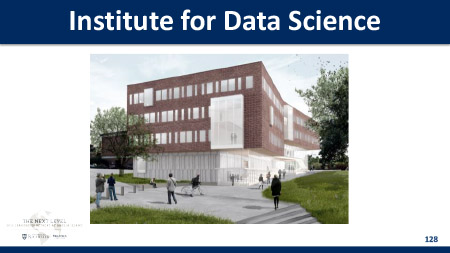
Wegmans Hall, our new Institute for Data Science building.
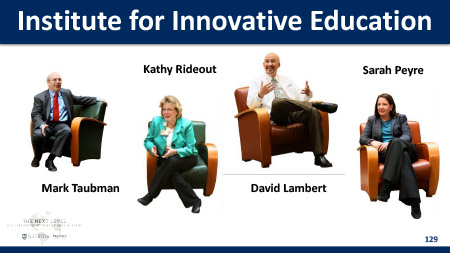
The Medical Center’s Institute for Innovative Education will link learning in the Schools of Medicine and Dentistry and Nursing and spearhead expanded simulation training and
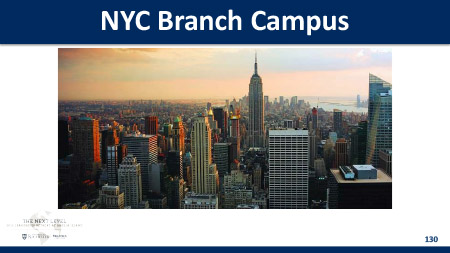
– we anticipate growth of our branch campus in New York City led by the Simon School.
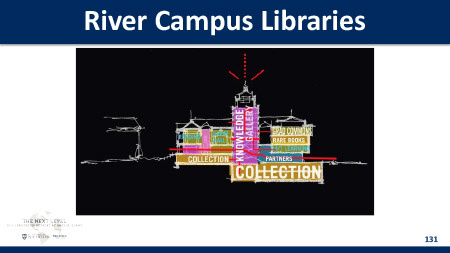
– The River Campus Libraries have proposed a new Strategic Plan, including a new Center for Student Driven Learning.
nbsp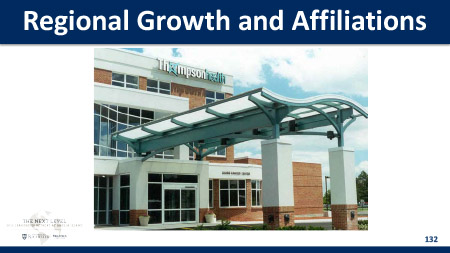
No part of the University is likely to be more changed during the 2013-2018 than the Medical Center, which is developing a regional clinical care system with the recent additions of Thompson Health and Strong West and ongoing discussions with several other regional health care providers.
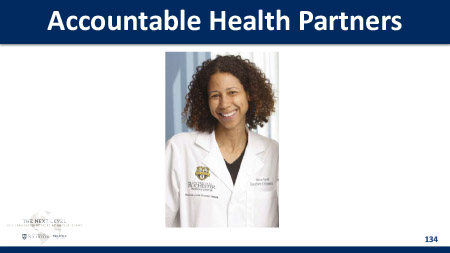
– Our Accountable Health Partners is creating a regional network of primary care doctors, now with over 1,700 Medical Faculty Group and community participants.
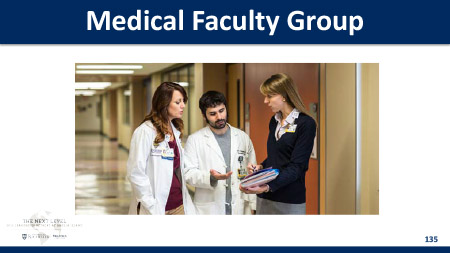
– The Medical Faculty Group will become a national model of an integrated University based practice.
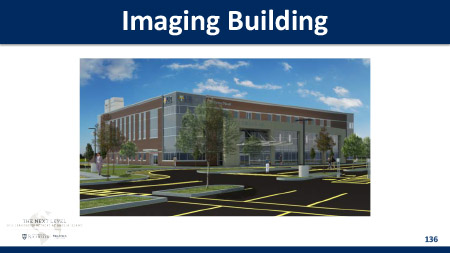
– We will add a new Imaging Building by 2016 near the Laser Lab to accommodate significantly greater demand for radiology and imaging services.
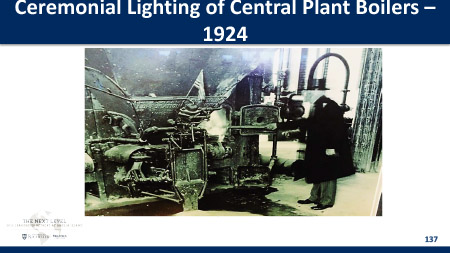
Underlying our past and future facilities expansion has been a parallel expansion of our infrastructure. We have come a long way since Rush Rhees ignited our central boiler in 1924. Notably UR presidents are no longer expected to wear top hats.
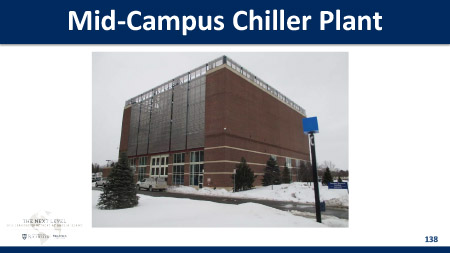
In the past seven years, we have added five chillers, increasing our installed capacity by 12,000 tons of chilled water production, including our new Mid-Campus Chiller Plant which will become operational on May 1st.
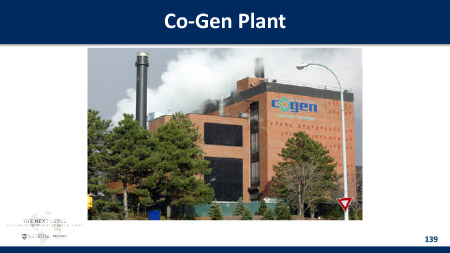
We have increased our “main” campus electrical use by 4.8 million Kilowatt hours of electricity since 2010. Critical here was the opening of our Co-Gen plant in 2005.

Working with Rochester Gas and Electric, the University opened a new electrical substation on April 1, 2015.
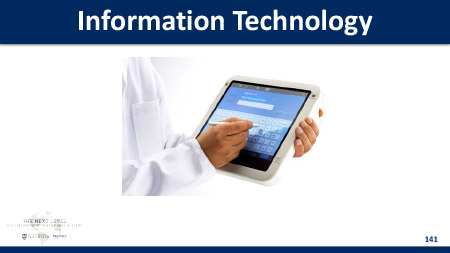
– In the 21st century, an increasingly decisive infrastructure for our University is Information Technology. During the past ten years the University has spent approximately $1.1 billion on IT, adding new systems for Advancement, Financial Records, and Electronic Medical Records.
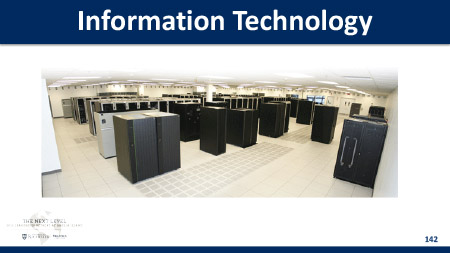
We anticipate during the next few years further expansion of our Electronic Medical Record system and a 21st century Student Information System.
WE ARE READY FOR THE NEXT LEVEL
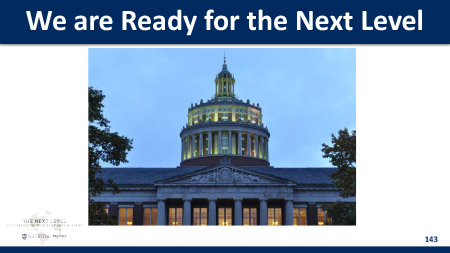
We have reached an inflection point. We are now ready to take the University to the Next Level.
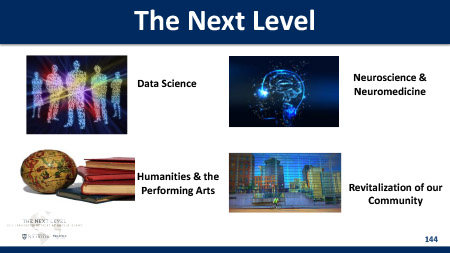
We now consider four areas that we believe can dramatically further accelerate our University’s progress beyond the aspirations of our 2013-2018 Strategic Plans.
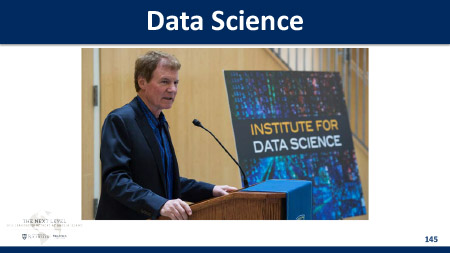
– First, data science. We are well on our way to raising the $50 million in new private and state support that we sought in our 2013-2018 University Strategic Plan on top of an earlier $50 million already committed, thanks in large part to lead gifts from the Wegmans and Bob and Pam Goergen.
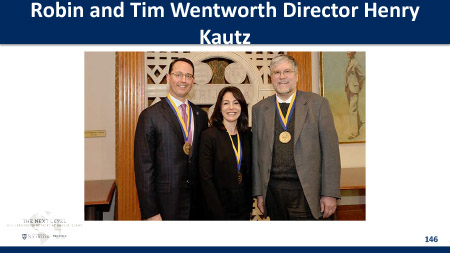
We have also received a substantial gift from Robin and Tim Wentworth to endow the Institute’s Directorship.
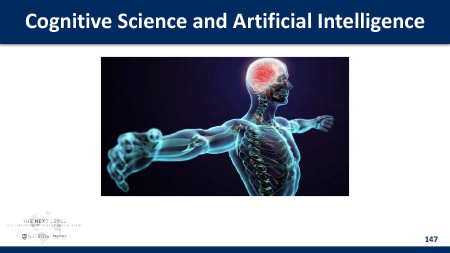
We build on a strong base including the University’s internationally recognized research in cognitive science and artificial intelligence. Our University’s Departments of Brain and Cognitive Science and Biostatistics have been instrumental in galvanizing more than $300 million for sponsored research in the last few years that relies heavily upon high performance computation.
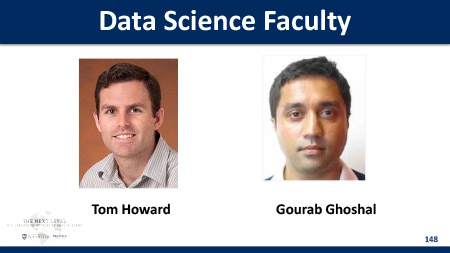
In our 2013-2018 University Strategic Plan, we pledged to add 20 tenure and tenure track faculty across data science and related fields and to date have hired 14 new faculty, including Computer Science Professor Tom Howard, who is an expert on artificial intelligence and robotics, and Physics Professor Gourab Ghoshal, an authority on complex systems.
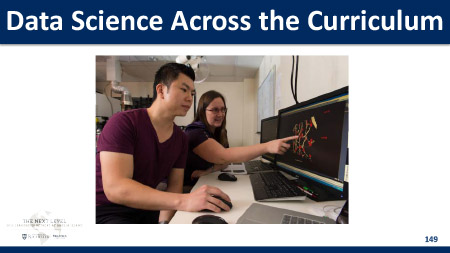
Data science today increasingly is being assimilated into our curriculum. We have added new majors in Digital Media Studies, Audio and Music Engineering, Computer Science and a Biomedical Engineering master’s degree.
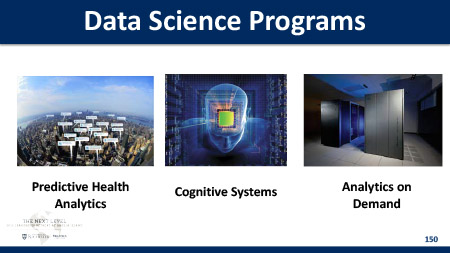
To be one of the nation’s leading data science programs, we need to go further. This requires focus on specific areas where we have or can develop national or international strength and galvanize the resources to support faculty and programs, including Preventive Health Analytics, Cognitive Systems, and Analytics on Demand.
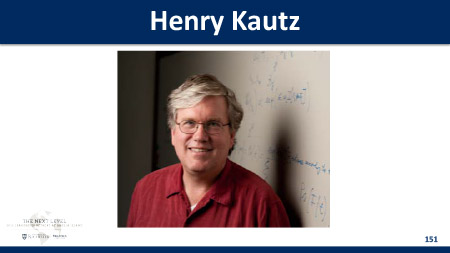
Henry Kautz, the Robin and Tim Wentworth Director of the Institute for Data Science, presented at the leadership retreat in Amelia Island on Data Science as the Defining Discipline of the 21st Century. Data science is changing the very nature of the research university, creating tools to reveal patterns in data that relate to business, science, arts, and government.
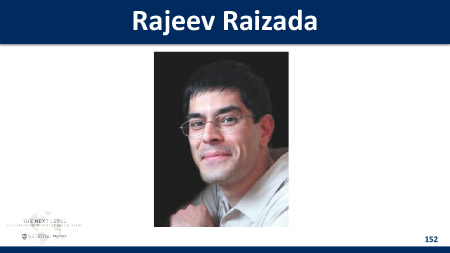
Professor Rajeev Raizada explained How Data Science Can Help Neuroscience to Help People. He discussed how patterns in data from neural imaging can be connected to behavioral performance, and how these discoveries have the potential to help people learn more effectively.
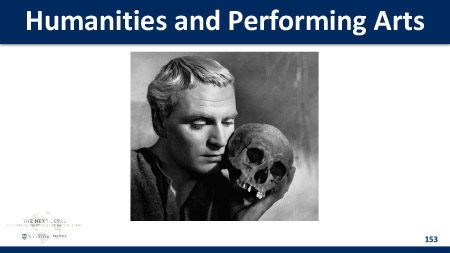
– No field more directly addresses the most fundamental questions of human experience than the Humanities. “To be or not to be” is not just Hamlet’s question but the basis of how our religion and classics, philosophy, languages, art and art history, literature and history departments explore the very nature of human experience.
nbsp
– Students in every field, including undergraduates who will pursue careers in medicine, nursing, engineering, business or law or advanced degrees in the sciences are interested in the humanities and often take double or triple majors or minors in the humanities.
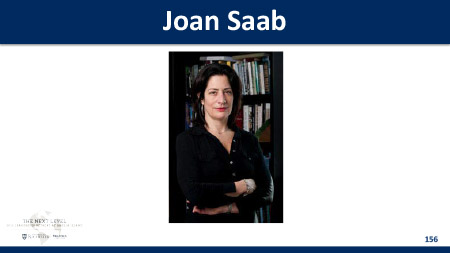
– In Amelia Island, Professor Joan Saab helped the meeting attendees Rethink the Humanities in the 21st Century.
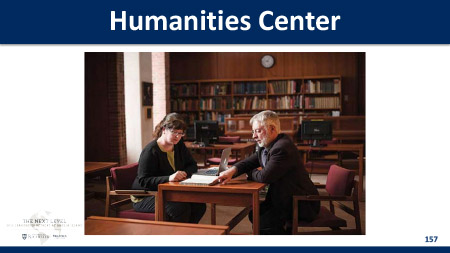
We envision the creation of a Humanities Center, located in Rush Rhees Library. The Center will facilitate innovative and collaborate scholarship such as our recent initiatives in the Digital Humanities.
nbsp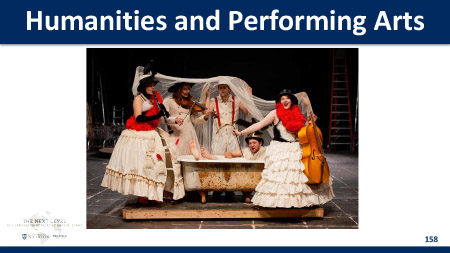
Closely allied with the Humanities are our highly successful performing arts programs at the Eastman School of Music, the Memorial Art Gallery and the College of Arts, Sciences and Engineering’s programs in Music, Dance and Theatre. Arts, Sciences and Engineering has developed a plan for a new theatre on the River Campus inspired by the philanthropy of Tom and Linda Sloan. For the entire University we seek to create an Institute for the Performing Arts that includes Music, Theatre and Dance.

Music Professor John Covach articulated how the performing arts enrich our lives, and already involve more than 30 percent of our undergraduates.
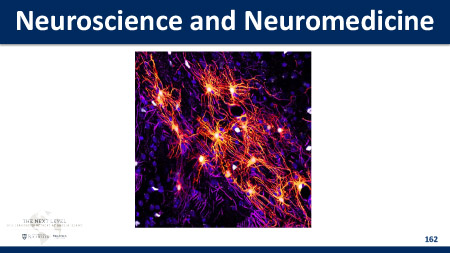
This is the century of the brain, the most challenging frontier today in health science.
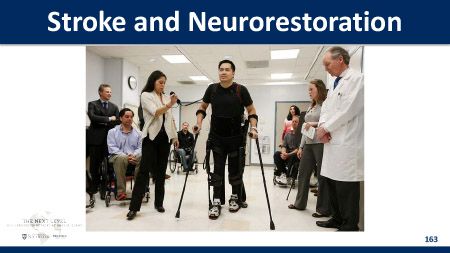
We will build on our strengths in neuromedical clinical care, basic and translational neuroscience research, research programs housed in the Del Monte Neuromedicine Institute and soon the Rochester Neurorestorative Institute to address stroke, currently the fourth leading cause of death in the United States.
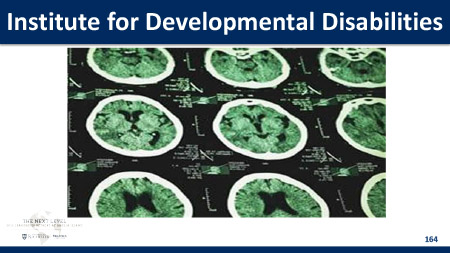
We envision creating an Institute for Developmental Disabilities to help children and adults who today need comprehensive lifelong support to address conditions including autism spectrum disorders which today affect 1 in 68 American children.
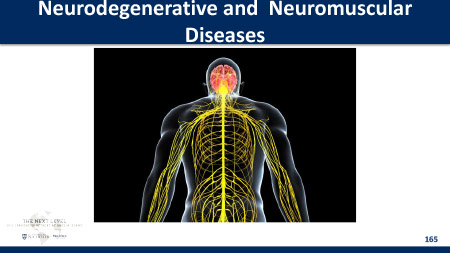
Our University already is one of the world’s leading research centers in neurodegenerative diseases including Parkinson’s and Huntington’s diseases and neuromuscular disorders.
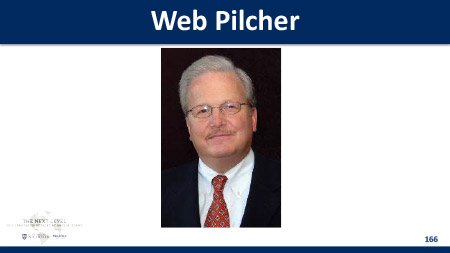
Professor Web Pilcher discussed UR Neuromedicine: A New Dawn. Web described how the Del Monte Neuromedicine Institute will utilize collaborative approaches to explore the impact of neurological diseases on the ability of patients to walk, talk, and understand following a stroke or other brain disorder.
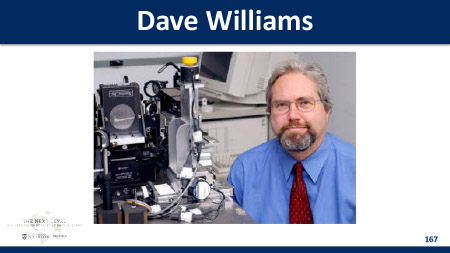
Professor Dave Williams explained how Neuromedicine portends A New Dawn for Restoring Sight.
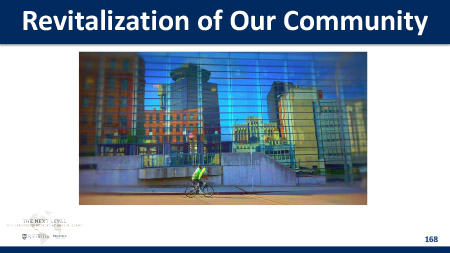
Our fourth Next Level topic involves the revitalization of our community.
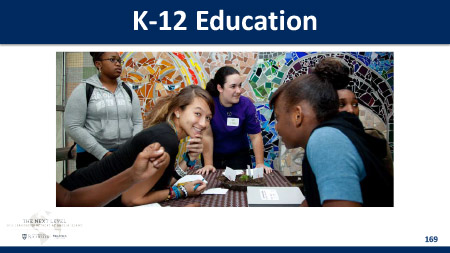
This includes K-12 education
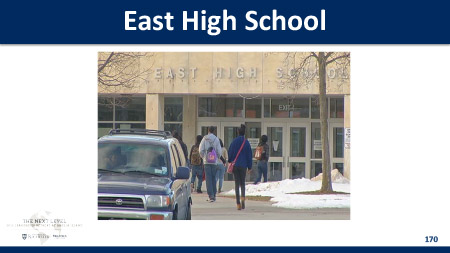
exemplified by the Warner School’s leadership in seeking to dramatically improve East High School, Rochester’s oldest and largest high school.

Revitalization of our community also requires jobs. We are proud of the role that entrepreneurship and economic development can play in revitalizing our inner City and creating a 21st century innovative economy for all us.
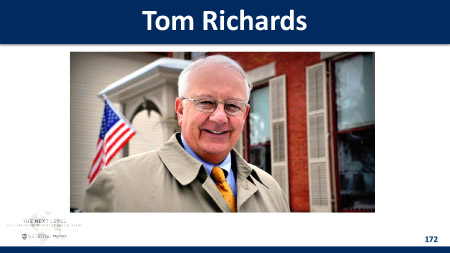
Board member Tom Richards, former Mayor of Rochester, described The Relationship between the Rochester Community and the University. He suggested how the University can better develop its role within the Rochester community.
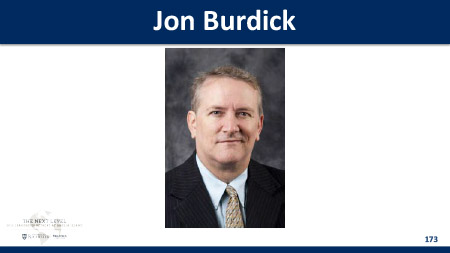
Dean of Admissions and Financial Aid Jon Burdick highlighted what students can learn from engagement with one of America’s neediest cities.
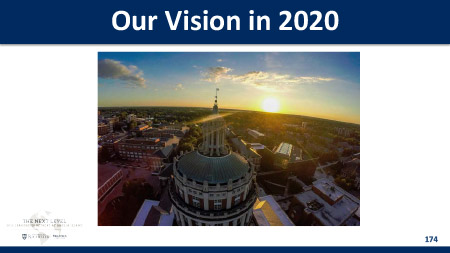
Our vision remains clear. By 2020, we envision a University of Rochester that is unequivocally one of the most outstanding research universities in the United States, with a best in class Eastman School of Music; national leadership in several research areas such as data science, neuromedicine, and clinical and translational research.
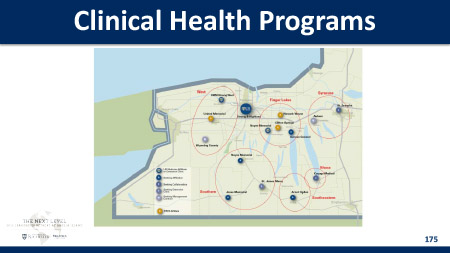
Our Medical Center will complete a regional health care network that is among the best in the Northeast.
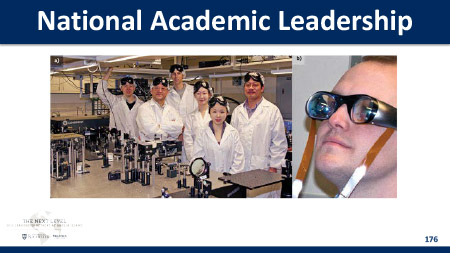
In the College we will have national leadership in an increased number of specific fields, including Brain and Cognitive Science, Optics, Visual and Cultural Studies, Biomedical Engineering, Physics and Astronomy and strength in programs in the humanities and the performing arts.
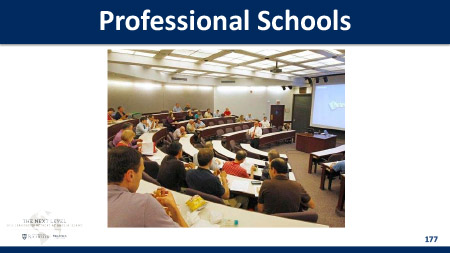
We envision a Simon School among the leading business schools in the country with a more distinctive academic profile, a larger Warner School making increasingly consequential academic contributions to K-12 education, new approaches to education throughout our University including increased use of technology and ever increasing collaboration across department and school lines.
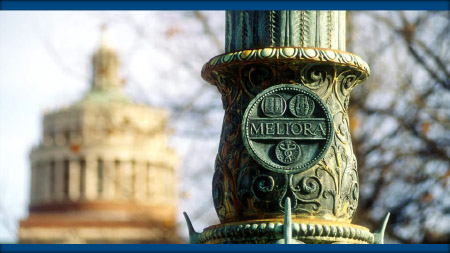
Now we seek help and engagement from all constituencies. Just as together we framed The Meliora Challenge capital campaign in Kiawah four years ago, we now seek guidance and wisdom about our proposals for further progress. Together we are building an ever better University. Together we now have the opportunity to take the University of Rochester to the Next Level.
